 John Casper Branner
John Casper Branner
Time Period: Post-Reconstruction through the Gilded Age (1875 - 1900) - Starting with B
 John Casper Branner
John Casper Branner
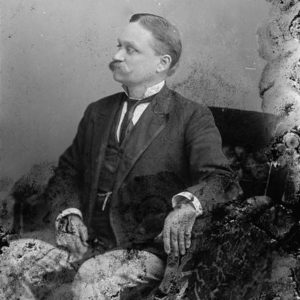 C. R. Breckinridge
C. R. Breckinridge
 Clifton R. Breckinridge
Clifton R. Breckinridge
Breckinridge, Clifton Rodes
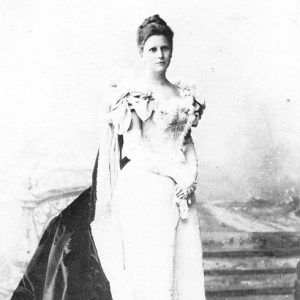 Katherine Breckinridge
Katherine Breckinridge
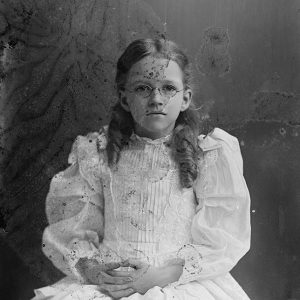 Lees Breckinridge
Lees Breckinridge
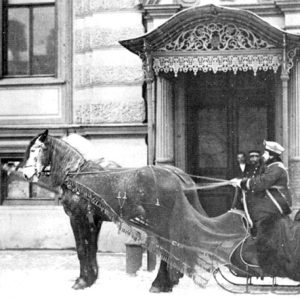 Breckinridges in Russia
Breckinridges in Russia
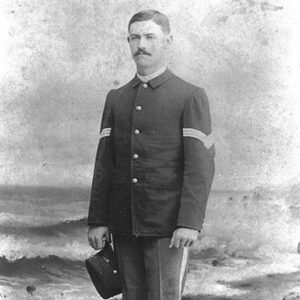 Jefferson Brewer
Jefferson Brewer
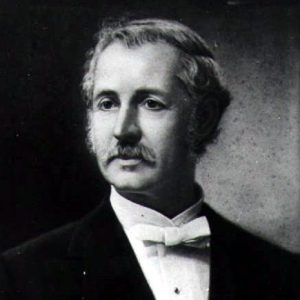 Augustus L. Breysacher
Augustus L. Breysacher
Breysacher, Augustus Louis
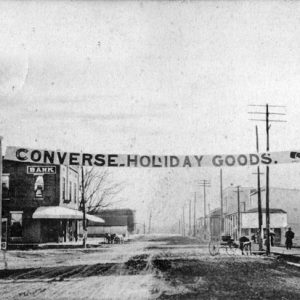 Brinkley Street Scene
Brinkley Street Scene
 Brinkley High School
Brinkley High School
Brodie (Lynching of)
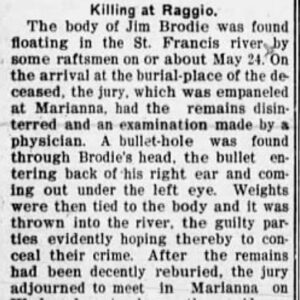 Brodie Lynching Article
Brodie Lynching Article
Brooks (Lynching of)
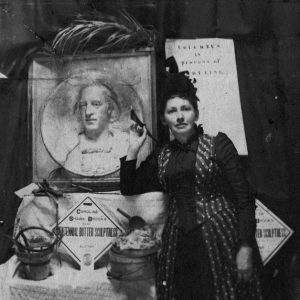 Caroline Shawk Brooks
Caroline Shawk Brooks
Brooks, Caroline Shawk
Brooks, Ida Josephine
Brothers of Freedom
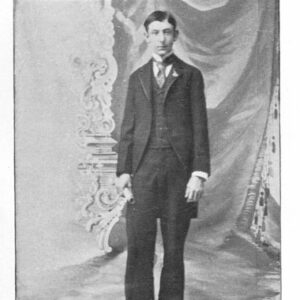 Charles Brough
Charles Brough
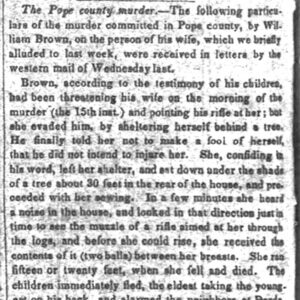 Brown Execution Story
Brown Execution Story
Brown, Barney (Murder of)
Brown, Benjamin Chambers
Brown, J. L.
aka: James Lafayette Brown
 John Elward Brown
John Elward Brown
Brown, Whit (Execution of)
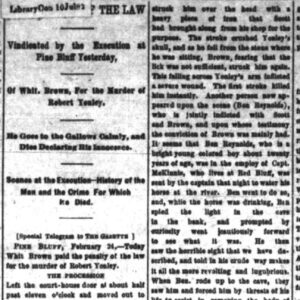 Whit Brown Execution Story
Whit Brown Execution Story
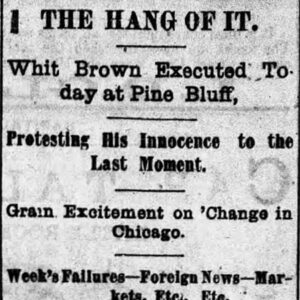 Whit Brown Execution Story
Whit Brown Execution Story
 Whit Brown Execution Story
Whit Brown Execution Story
 Harve Bruce Conviction Article
Harve Bruce Conviction Article
Bruce, William Harvey (Harve)
 Stephen Brundidge
Stephen Brundidge
Brundidge, Stephen, Jr.
Bryson (Lynching of)
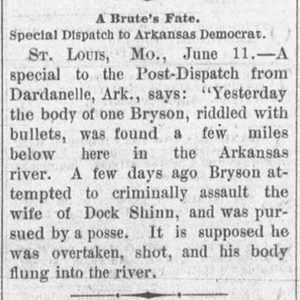 Bryson Lynching Article
Bryson Lynching Article
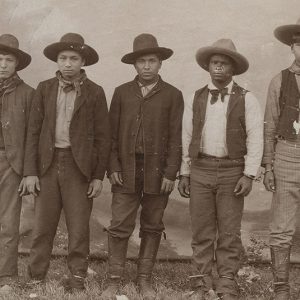 Rufus Buck Gang
Rufus Buck Gang
Buckner College
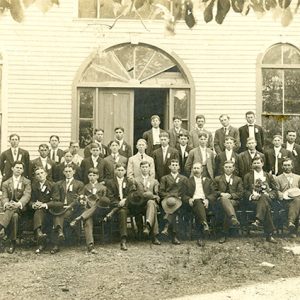 Buckner College Students
Buckner College Students
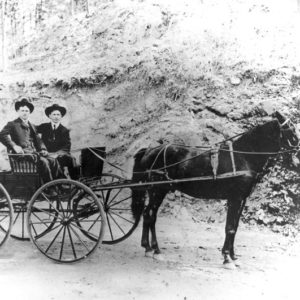 Buggy Transportation
Buggy Transportation
Bullfrog Valley Gang
Bunn, Henry Gaston
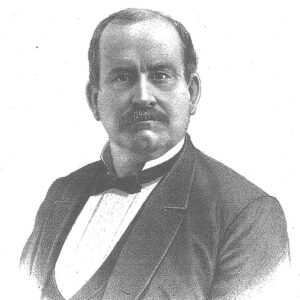 H. G. Bunn
H. G. Bunn
Burnett, Henry (Execution of)
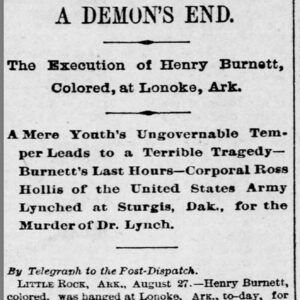 Henry Burnett Execution Story
Henry Burnett Execution Story
Bush, John
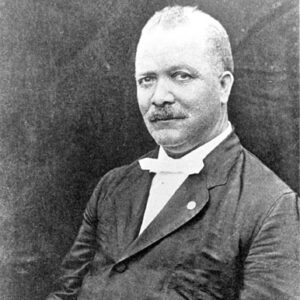 John Bush
John Bush
 John Bush
John Bush
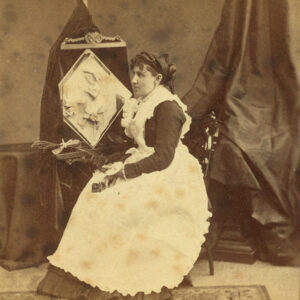 Butter Sculpture
Butter Sculpture
 Buxton Brickyard
Buxton Brickyard




